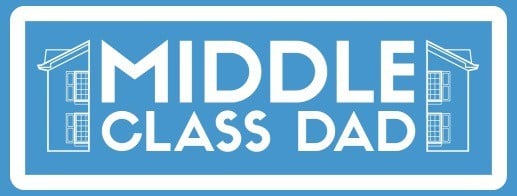
It’s simple enough to understand how important saving for retirement is. Actually taking the steps involved, is considerably more complicated. Are you here because you’re looking to learn how to do something about this? Then you’re in the right place!
You were smart if you started a 401(k) as soon as you could, and you were even smarter if you contributed at least enough to maximize the matching contributions your employer hopefully offered. Over time, your 401(k) has hopefully grown considerably, but the time may come when you need to rollover those funds into something else. A gold IRA is a great option to keep your tax benefits going.
I think 401(k) plans are wonderful things since they let you contribute pre-tax dollars into investing, and those dollars won’t get taxed coming out if you play by the rules. Doing a rollover into a 401(k) when you exit a plan lets you put your investment into precious metals that are highly likely to preserve your wealth and act as a hedge against inflation. The only thing is that you need to know how to execute a 401(k) rollover to gold correctly.
When to Do a 401(k) Rollover
You can do a 401(k) rollover anytime you retire or leave your job for any reason whatsoever. Some plans might let you keep your funds in the plan, but you should also have the opportunity to roll over some, or all, funds into an IRA.
See If You Can Split the Rollover
Not all 401(k) plans can be split up for a rollover, but those details will be in the plan rules. The reason you might want to split it up is that you might not want to put your entire 401(k) balance into gold and precious metals. If the plan balance is the bulk of your retirement savings, then you need to diversify it properly.
Choose a Broker
You’ll need a gold IRA broker to set up and manage your self-directed account. Which one is right for you will be based on what you’re looking for. This is covered extensively on this site, which helps to prevent any sense of overwhelm when deciding which company is going to fit your needs best.
Decide on an Investment Level
Gold IRA minimum investment levels can range from a few thousand up to tens of thousands of dollars. Some brokers might not be available to you if you can’t invest that much or just don’t want to. I assure you that’s okay, as there are many reputable brokers to choose from.
How much should you invest in gold? That’s something a personal financial advisor might be able to tell you best after reviewing your circumstances. I can give you a good rule of thumb, however.
Generally speaking, younger investors should put at least 5% of their overall portfolio into gold and silver, and those closer to retirement age should head towards 15% or more. Just remember, that’s not 5% to 15% of your 401(k) but of your total retirement savings which might also include cash assets, conventional or Roth IRAs, real estate, and more.
Pick Your Metals
You’ll always have the option of investing in gold. That’s good because it holds its value well historically in times of economic uncertainty. It also tends to grow in value over time.
Depending on your broker, you might also be able to invest in silver, platinum, and palladium. These metals also hold their value well against inflation, but they also have many industrial applications that keep their demand and value high.
Notify the Previous Plan Administrator
Once you have made all those decisions, you need to alert the 401(k) plan administrator. Let them know who your broker is and how much you are going to invest. They’ll need that information to make the necessary arrangements.
Sign Up
I think you’ll find that signing up with a gold IRA broker is going to be the easiest part. They might already have a lot of your information from any consultations you did with them. Once you do choose one, they’ll even do a lot of the paperwork for you.
Direct or Indirect Transfer
One choice you might face is choosing between an indirect transfer or a direct transfer. In a direct transfer, your 401k plan administrator will send the funds straight to the gold IRA broker. In an indirect transfer, you would temporarily have possession of the fund between the two.
I’ll tell you right now that there is rarely a reason to choose indirect transfer. It’s just another step you must deal with that you shouldn’t. If you don’t get those funds into a gold IRA within 60 days, you might get hit with taxes and fees, so why risk it?
Why It’s Worth It
By the time you get to a point where you would even be able to do a 401(k) rollover, you’ll likely be closer to retirement than you were when you started saving in the plan. As such, you’ll want your overall portfolio to be more conservative than when you started. Precious metals are a great way to diversify your portfolio in a way that helps preserve some of your wealth against inflation and economic downturns.
Wrapping Up
The key question that brought you here was how to execute a 401(k) rollover to a gold IRA. While I thought it important that you know the details involved and covered all of that, all you really have to do is make two phone calls. One is to your previous plan administrator, and the other is to create your self-directed IRA.
For all the complexity involved with saving for retirement, I think that’s simple enough for anyone to handle. Once you make the involved decisions, the actual procedural matters are pretty easy.
- Sagittarius Man & Gemini Woman Love and Sex Compatibility - January 31, 2024
- Taurus Ascendant Rising Personality Traits in Men (Guide) - January 31, 2024
- How to Seduce and Attract a Sagittarius Man (Seduction Tips) - January 31, 2024
